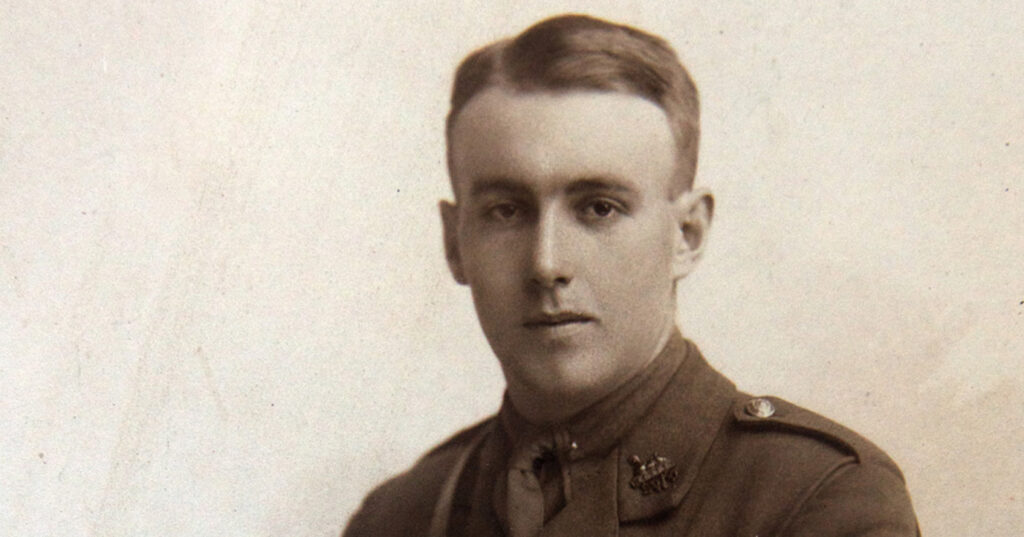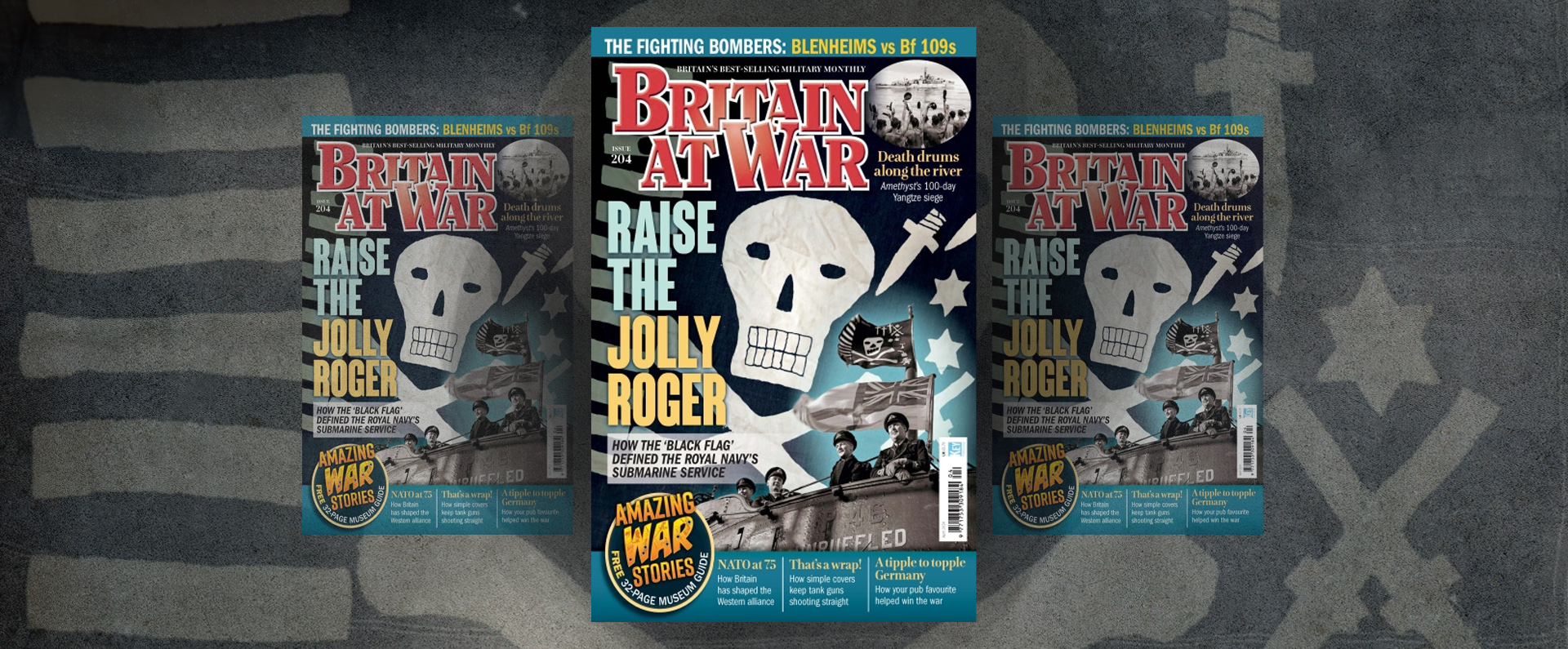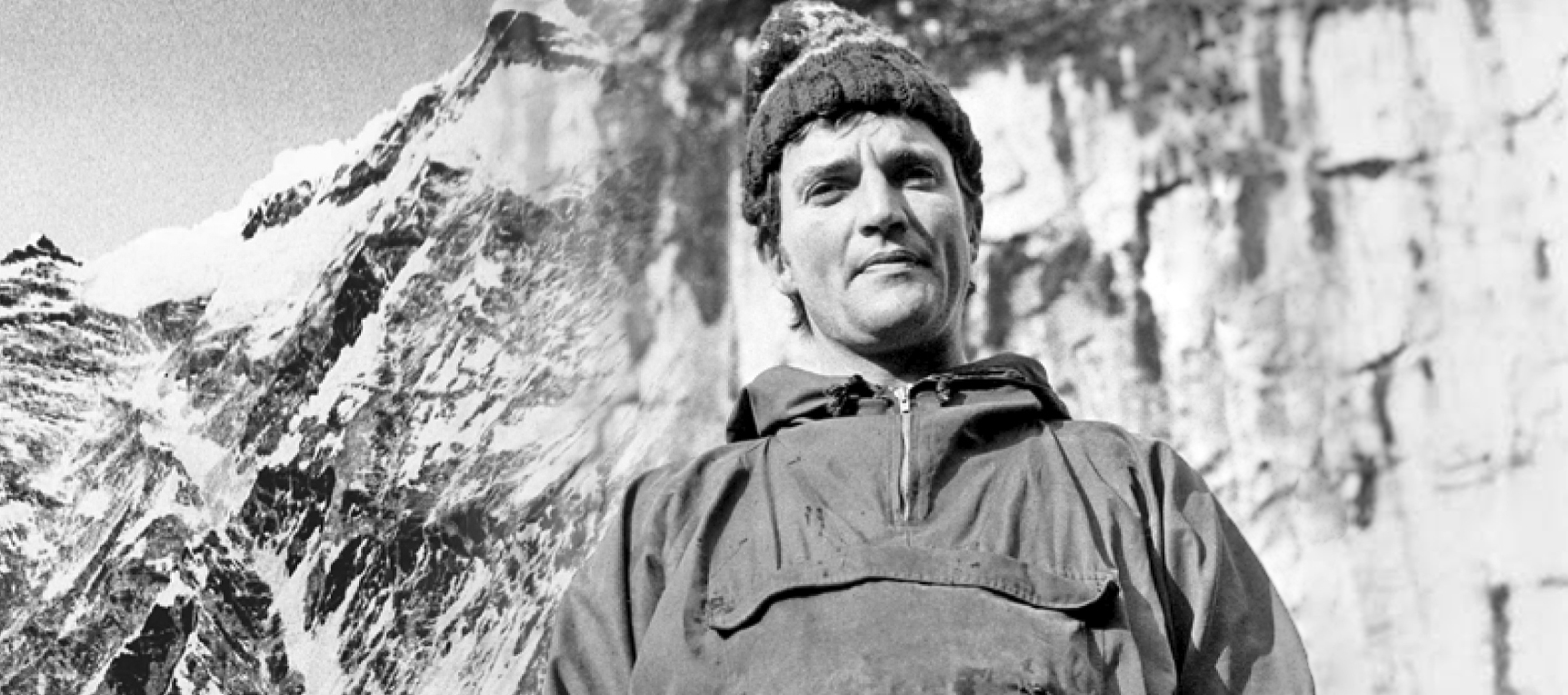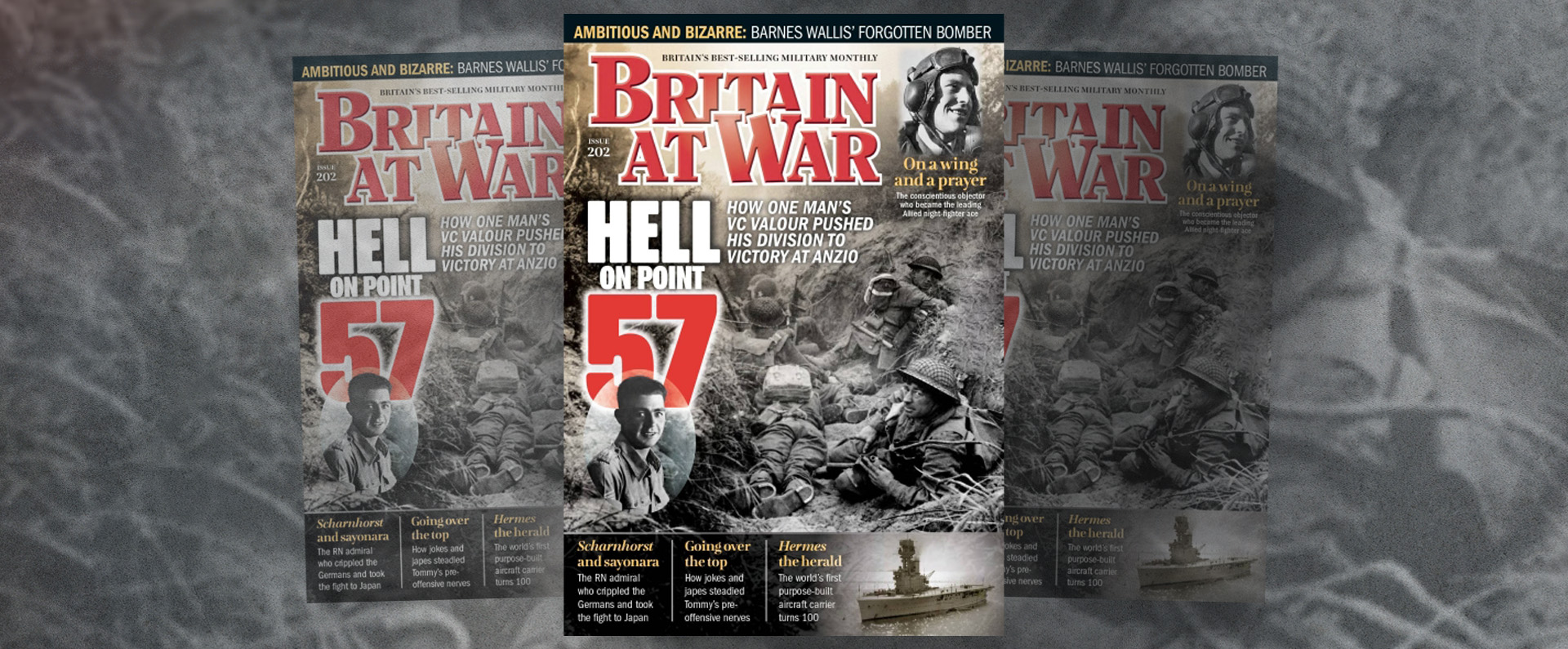
Published in the Sunday Telegraph on 06 July 2014.
Angus Buchanan – An inspiration in war and peace: the blind VC
November 8, 1917: Durdham Down, Bristol. Thousands had gathered for the investiture by King George V of 127 recipients of gallantry medals and other honours. Each man was clapped as he approached the royal dais, which was draped in imperial purple and bore gilded lions’ heads. However, the loudest round of applause, from soldiers and civilians alike, was reserved for a uniformed officer who was led to and from the dais by a chaperone who kept a firm grip on the man’s left arm.
For Capt Angus Buchanan was “the blind VC”, one of the most remarkable recipients ever of Britain and the Commonwealth’s most prestigious gallantry award for bravery in the face of the enemy.
At the investiture, Buchanan, then 23, had both the Victoria Cross (VC) and the Military Cross (MC) pinned on his chest by the King, as a result of two separate acts of bravery during the early years of the Great War. After shaking the King’s hand and saluting him, Buchanan was led down the steps away from the royal dais by his guide, again to loud cheering from the crowd.
Buchanan was born in Coleford, Gloucestershire, on August 11, 1894. His father, Peter, a doctor, served as a major and company commander in the Glosters. Educated at St John’s Boys School in Coleford and Monmouth Grammar School in Gwent, Angus Buchanan was a talented sportsman and captained his school rugby team.
He won a classical scholarship to Jesus College, Oxford, and played for the university’s A team during the 1913-14 season. However, after the outbreak of the First World War, he was commissioned as a temporary second lieutenant in the South Wales Borderers 4th Battalion on November 25, 1914.
Buchanan left for Gallipoli on June 28, 1915, and was promoted to lieutenant the same day. But he was wounded soon after B Company landed at Suvla Bay on August 7 and sent to a hospital in Cairo, Egypt.
In early December 1915, as temporary captain, he returned to the peninsula with 72 sick or wounded comrades and was soon back in action. After taking part in the evacuation of the peninsular he was twice mentioned in dispatches. Furthermore, Buchanan was awarded the MC for bravery at Helles on January 7, 1916, when in command of B Company in trenches east of Gully Ravine.
Buchanan arrived in Mesopotamia on March 4, 1916, and it was there, on April 5, that he took part in an action for which he received the VC, saving two wounded comrades from no-man’s land.
However, Buchanan was wounded in the arm while fighting against the Turks later on April 5, the very day of his VC action. Buchanan’s commanding officer wrote a letter to his father saying: “I regret to say that your son was wounded in the arm on the evening of 5 April, when we were attacking and driving back the Turks, but I am glad to say the wound was only a slight one.
‘‘The real reason for my letter is a far more pleasant one. During our advance in the morning we came under very heavy machine-gun fire, and suffered rather heavily. One of our officers, Lt Hemingway, was badly wounded, and lying in the open about 150yds from cover. Your son, seeing his condition, and that the effort on the part of two men to carry him had ended in one of them being shot, himself left his trench, and with the help of the unwounded man, brought Hemingway into the trench under a heavy fire.
“During the journey the man with him was wounded in the foot, but got into the trench. Angus then went back and fetched in the other man who had been wounded. I have forwarded a recommendation in his case for the Victoria Cross, and the brigadier has sent in one and supported it. We sincerely hope he may be awarded it, but there is always a chance that he may only be awarded an honour of lesser degree. I should like to tell you that I have previously brought his name to the notice of the general for gallant conduct at Helles on 7 January.’’
Once again, Buchanan made a good recovery from his injuries, this time in India, only to be wounded a third time during fighting on September 24, 1916. This wound came two days before the announcement of his VC in The London Gazette when the citation for his decoration read: “For most conspicuous bravery. During an attack an officer was lying out in the open severely wounded about 150 yards from cover. Two men went to his assistance and one of them was hit at once. Captain Buchanan, on seeing this, immediately went out and, with the help of the other man, carried the wounded officer to cover under heavy machine-gun fire. He then returned and brought in the wounded man, again under heavy fire.”
The news was warmly received in his home town, Coleford: the bell in the church tower rang out in tribute and the announcement relating to his VC was also flashed up on the screen of his local cinema during a screening of the recently released film of the Battle of the Somme.
However, on February 14, 1917, Buchanan was wounded for a fourth time – on this occasion far more seriously than previously. A sniper’s bullet hit his head and he lost the sight in both his eyes. On September 2, 1917, as a result of his serious injuries, he relinquished his commission but retained his rank of captain and, as already detailed, he was presented with his VC two months later.
After returning from the war, Buchanan attended St Dunstan’s hospital, supported by the charity Blind Veterans UK, where he learnt Braille and typewriting, and where a fund-raising postcard, costing 1d and bearing a drawing of him sporting his VC, was issued in his honour.
Next, Buchanan returned to Oxford where he studied for a degree in law and became a member of his college rowing eight. In those days, textbooks were not in Braille so they were read to him by tutors and fellow students.
After qualifying as a solicitor, he started a practice in his home town with another solicitor though eventually he ran it on his own. Because of his disability, he did not accept criminal cases and instead specialised in conveyancing and estate work. He also enjoyed accompanied walking holidays throughout the UK, Gilbert and Sullivan operas, and was vice-chairman of Coleford British Legion.
Buchanan’s friends said that he never complained about his disability and remained both cheerful and determined to lead as normal a life as possible. He was considered to be the best salmon fisherman in the area and had a detailed knowledge of the River Wye. He also played bridge.
He was feted nationally as a hero long after the First World War ended. For example, in 1929 he attended the Prince of Wales’s dinner in the Royal Gallery of the House of Lords.
Buchanan died in Gloucester Royal Infirmary on March 1, 1944, aged 49. He was buried, with full military honours, at Coleford Church. His gravestone said he “died of old wounds”, having never recovered from his wartime injuries.
Two days after his death, an “obituary letter” appeared in The Times which began: “Few men have faced adversity with greater cheerfulness and patience than Angus Buchanan, the ‘blind VC’.”
The letter, which also praised the soldier’s “fortitude”, ended: “To have set up in practice as a country solicitor, after taking his degree in law at Oxford, was the sort of thing one would expect Angus Buchanan to do; for him there was no such thing as an obstacle in his path.”
Furthermore, a colleague of Buchanan’s who had worked as a clerk in his solicitor’s office, said: “He is a shining example to the people of Coleford as to what can be done in triumphing over affliction, and making a positive contribution to life and the district and his country.” This quote and other material in this article comes from a splendid tribute to Buchanan in Gerald Gliddon’s book, VCs of the First World War: The Sideshows.
Buchanan is commemorated at several locations in Britain: his name is listed at Harvard Chapel, Brecon Cathedral, Wales; there is a memorial tablet in his home town at St John’s Church, Coleford; the Buchanan Memorial recreation ground, purchased in 1919 as a tribute to the town’s hero, is named after him; as is Buchanan Close in Monmouth, Gwent.
I purchased Buchanan’s medals as recently as last year. I feel privileged to be the owner of the decorations belonging to such a courageous and spirited man. Buchanan’s medal group will soon go on display, along with the rest of my VCs, in a gallery bearing my name at the Imperial War Museums, London.
I was particularly delighted to become the owner of the Buchanan medal group because, as a philanthropist and for personal reasons, I have long supported charities for blind and partly-sighted people. My own mother, Rene, who has macular degeneration, has formed a local group for people with sight loss to help each other through this difficult period in their lives.
Recently, I discovered that there is not only a wonderful photograph of Buchanan receiving his medals from the King at his November 1917 investiture, but the event was also filmed.
The recording can be viewed on the internet on the British Pathé website. In the footage, Buchanan can be seen receiving his medals from George V, saluting the King and then being led down the steps from the royal dais by his chaperone.
One eyewitness said of the moving event: “The investiture was that of a hero who has been sorely stricken in performing deeds of the utmost gallantry… Unhappily, Capt Buchanan is now blind, and had to be led to the dais. After decorating him, His Majesty kept him for some time in sympathetic conversation. The huge assembly also showed their sympathy with the gallant officer, according him a special ovation.”
Download a PDF of the original Sunday Telegraph supplement
For more information, visit:
LordAshcroftOnBravery.com


